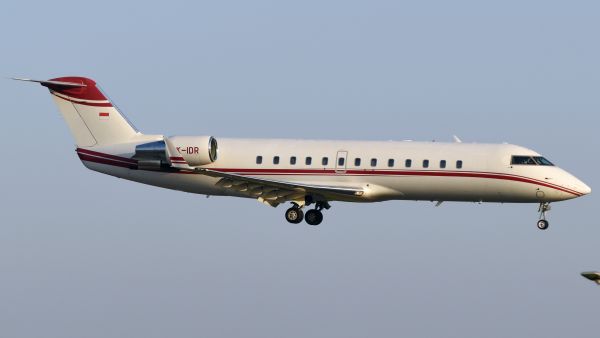ALBAWABA - The commercial aviation industry does not appear to be on the right track to achieve its goal of reaching net-zero emissions by 2050, as effective fuel alternatives and less emissions-intensive engines have not been innovated, and aircraft manufacturers agree that battery technology needs further development before electric passenger planes become a reality.
However, the Dutch startup Elysian has challenged these perceptions by unveiling the first design for a fully electric regional aircraft. This aircraft will have a range of 500 miles (approximately 805 kilometers), accommodate 90 passengers, and reduce emissions by 90 percent.
The company aims to deploy its aircraft by the end of this decade. Regional aircraft typically have a capacity ranging from 19 to 130 seats and are used for short to medium distances. Instead of focusing on developing battery technologies, the designers adopted a new approach by redesigning the aircraft to maximize the use of current battery technologies.
The future of aviation: Elysian's electric aircraft revolution
Elysian's Director of Design and Engineering, Reinard de Vries, stated, "While many experts in the aviation sector say we need better battery technology than what’s currently available or can be developed by 2050 to have a regional passenger aircraft, the question we asked ourselves was how can we make the most of the battery technology we already have." He added, "Electric planes should not just be an electrified version of traditional planes."
The aircraft, named (E9X), currently exists only on paper. Elysian plans to build a scaled-down model within two to three years and a full-scale prototype by 2030.
De Vries mentioned that the new aircraft would be reminiscent of planes from the 1960s, allocating a larger portion of the aircraft's weight to batteries and a smaller portion to structural weight. The result is a much larger and heavier plane that can fly significantly farther than previously thought possible. The (E9X) will feature eight propeller engines and a wingspan of about 42 meters, larger than a Boeing 737 or an Airbus A320, although both carry more than twice the number of passengers.
De Vries added, "The batteries will be integrated into the wing area rather than the main body of the aircraft, as batteries represent a significant portion of the aircraft's weight, and it's better to load the weight where the propulsion is generated. The landing gear will also be integrated into the wings instead of the main body, along with a natural gas-based backup power system that can provide energy in emergencies."
This innovative design will rely on battery technology similar to what is available today, as well as any advancements made in the coming years, rather than demanding a radical breakthrough.
This design is the result of collaboration with Delft University of Technology, the oldest and largest technical university in the Netherlands.
De Vries predicted that the new aircraft would have between 75 percent and 90 percent less climate impact than today's narrow-body jet aircraft, even when considering the climate impact of battery production and the electricity used to recharge them.
With the wider body of the new aircraft, one of the most pressing issues in today's travel, the lack of luggage space in the cabin, will be resolved.
As for the time required for recharging, which is a significant challenge for expanding battery use, the new aircraft will need between 30 and 45 minutes to recharge, a rate not much longer than current airport practices.







